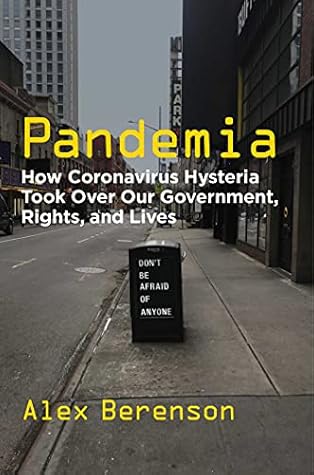More on this book
Community
Kindle Notes & Highlights
Doctors sometimes joke that if patients get good medical care, they will recover from the flu in a week. Without help, they’ll need seven days.
Only by pretending the virus posed a significant risk to everyone could governments ensure the public would accept lockdowns.
In the paper, entitled “Options for Increasing Adherence to Social Distancing Measures,” unnamed members of the SAGE “behavioral science subcommittee” laid out the issue clearly: Perceived threat: A substantial number of people still do not feel sufficiently personally threatened; it could be that they are reassured by the low death rate in their demographic group…. The perceived level of personal threat needs to be increased among those who are complacent, using hard-hitting emotional messaging. [emphasis in the original]
The authors also discussed the need for positive and negative reinforcement: Communication strategies should provide social approval for desired behaviours…. Social disapproval from one’s community can play an important role in preventing anti-social behaviour…. Consideration should be given to use of social disapproval but wi...
This highlight has been truncated due to consecutive passage length restrictions.
The right answer has not changed since 2006, when Donald Henderson, who helped eradicate smallpox,11 and his co-authors explained, “Experience has shown that communities faced with epidemics or other adverse events respond best and with the least anxiety when the normal social functioning of the community is least disrupted.”12
I believe in the Constitution and the Bill of Rights and the rule of law. I believe they, and we, are more powerful than this crummy little virus. I believe truth will prevail. I have to. We all have to. The alternative is impossible to imagine.


